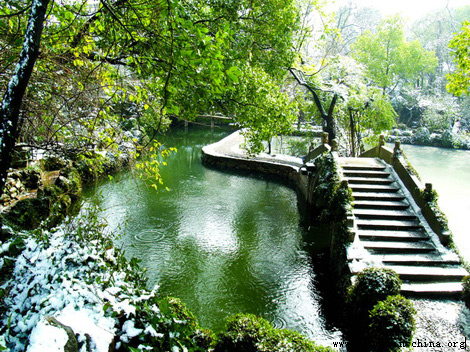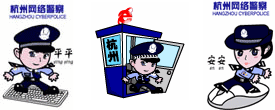| Home > Living In China |
Awarding the sharp tastebuds for its wine
It is only in recent history that China has been awarding those with sharp tastebuds for its wine, dubbing the first "master spirit tasters" at the 2005 Zhijiang Cup in Yichang, Hubei Province. Zhang Fengguo, recognized as the first master taster in China, shared with the Global Times his techniques in how to rate baijiu, which involves a slightly different approach than red wines.
Color and Clarity
Pour a glass and raise it against a white background. Most baijius are clear, but look closely for a slight yellow tint at the edges. As most develop hues over time, this is a way to determine age. Also note the clarity: The better the quality the less sediment and floating particles will be in the liquid.
Fragrance
Swirl the liquid about 10 times to unlock the aromas, bring the cup one to three centimeters from your nose and inhale steadily. Be sure not to inhale too strongly, nor exhale against the liquid, which affects oxidation. Take note of the aromas; is there a flowery, fruity smell or is it just overpowered with alcohol? Good baijiu will have a "main aroma," or aromatic characteristic distilled by design.
Flavor
Steadily, take a small sip and let the liquid cover the entire tongue. Determine the initial sensation, or "attack" of the baijiu. Don't look for specific flavors yet, but rather general impressions: Is it sweet, mellow, refreshing, overpowering? Then, let the baijiu "evolve" on the tongue; this is where distinct flavors that developed during the distilling process will begin to appear, such as grain, floral and other spice combinations.
As you swallow during the "finish", note the sensations in the throat. Afterward, open the mouth slightly and inhale to determine aftertaste. Note what sensations linger and for how long.
Style
Try to sum up the overall experience: Was it sweet, mellow, bitter or too strong? Was the flavor complex, bland or well balanced?
When evaluating, tasters will use a 100 point scale, weighting flavor with 60 points, 20 for fragrance, 15 for overall style and 5 for color.
Custom
 more
moreWeb Dictionary
Primary&secondary
Beijing National Day School
Beijing Concord College of Sino-Canada
Brief Introduction of BCCSC Established in the year 1993, Huijia School is a K-12 boarding priva...Beijing Huijia Private School





 print
print  email
email  Favorite
Favorite  Transtlate
Transtlate 







